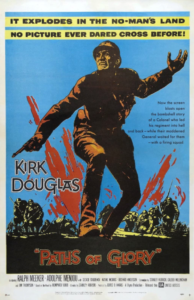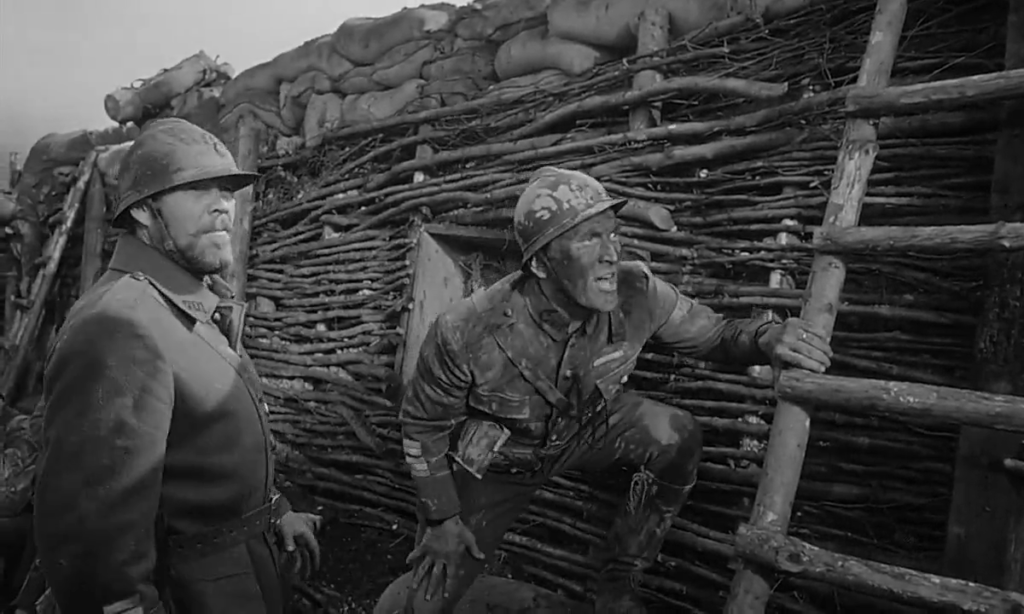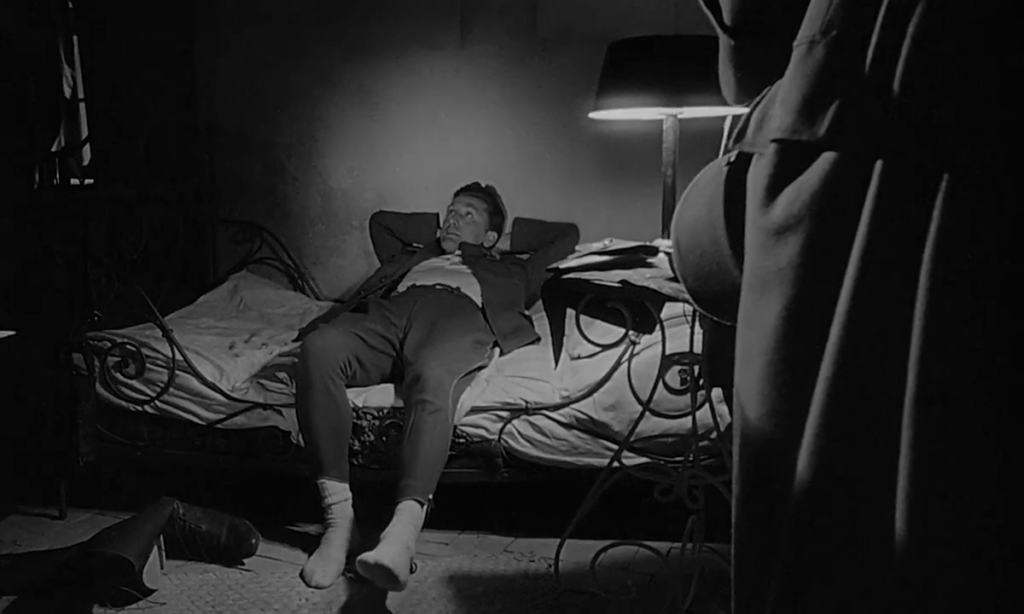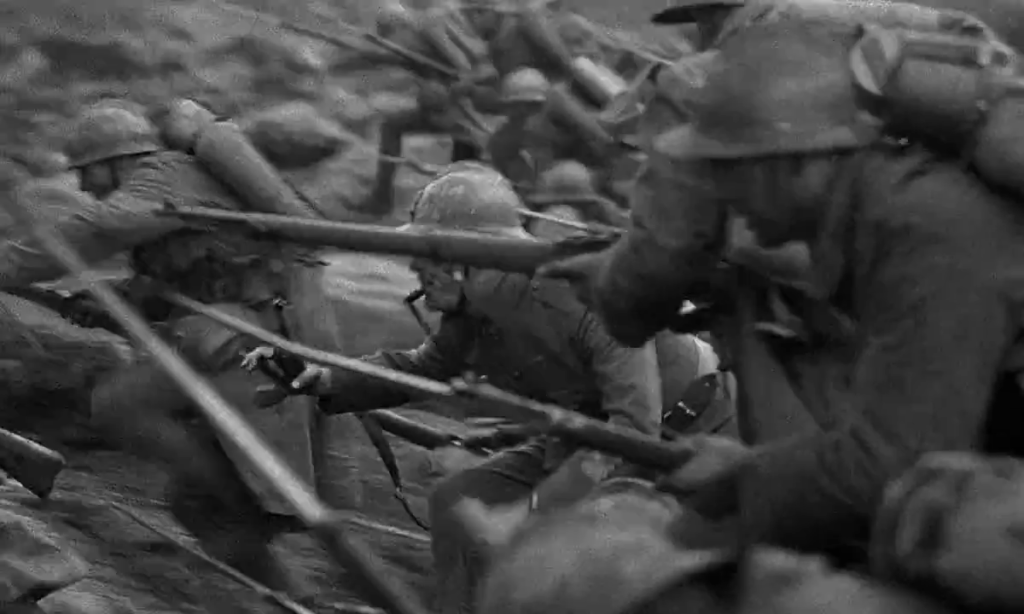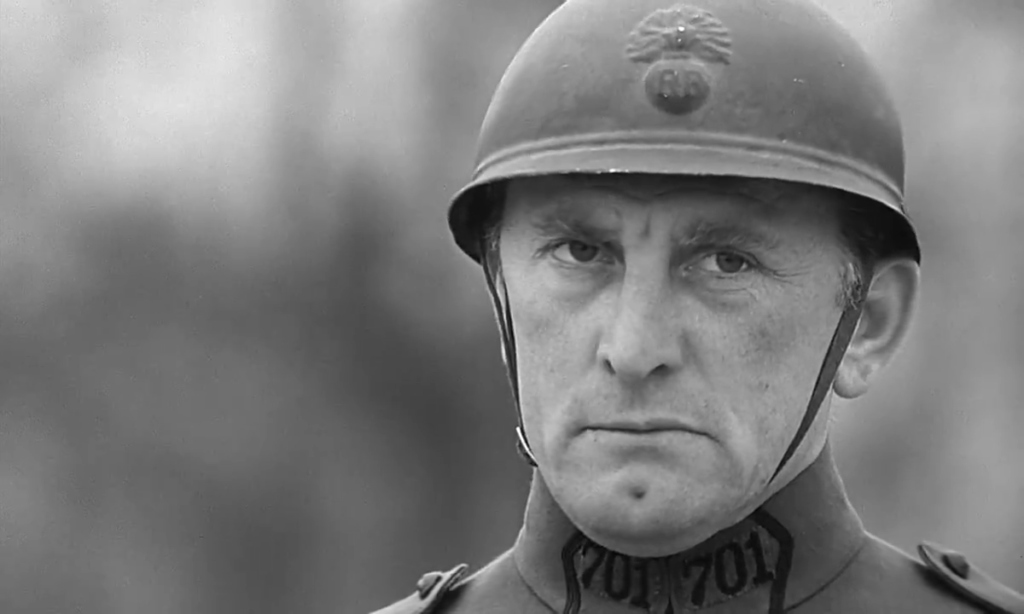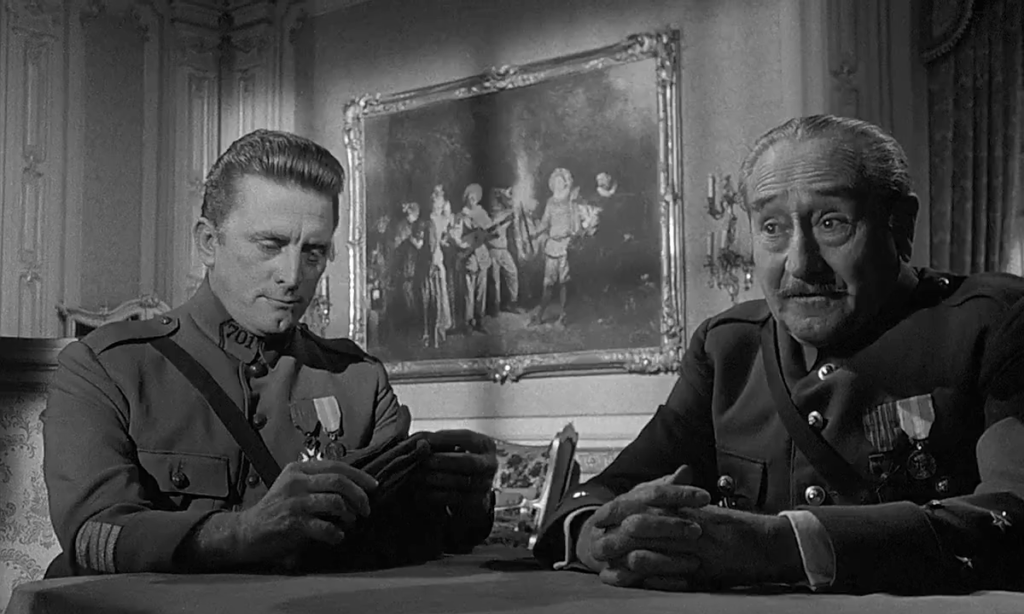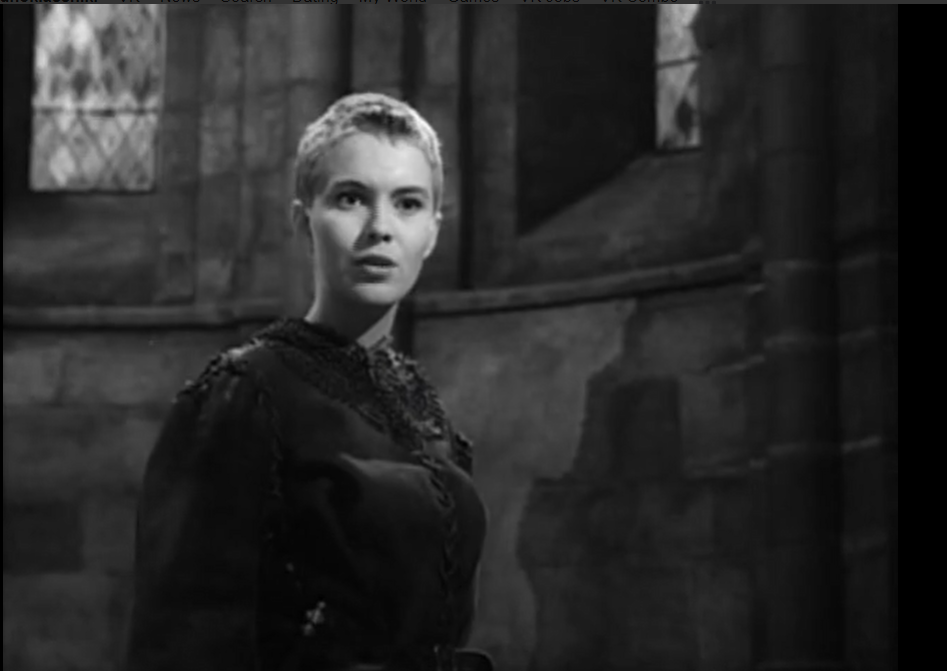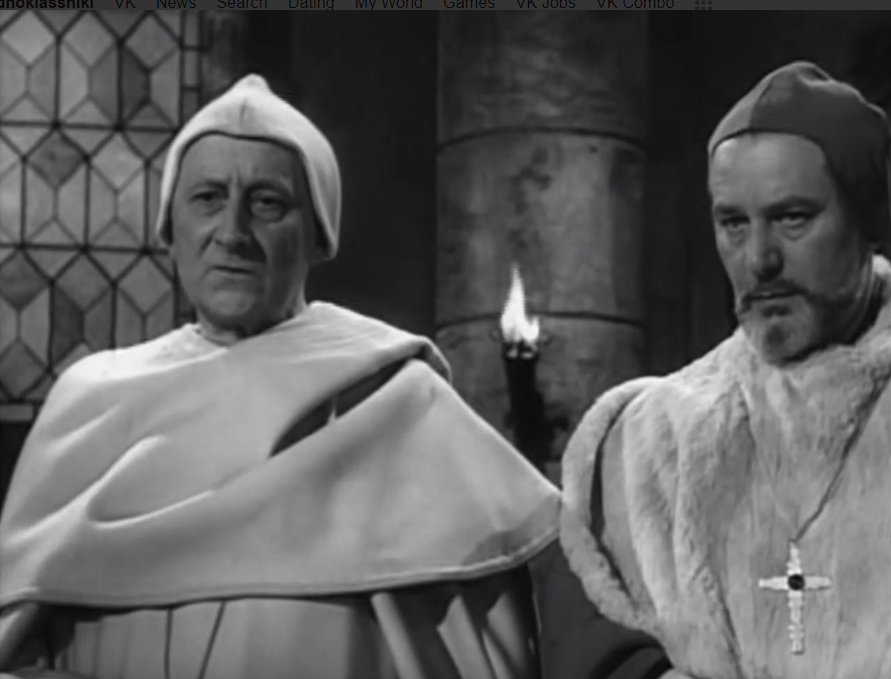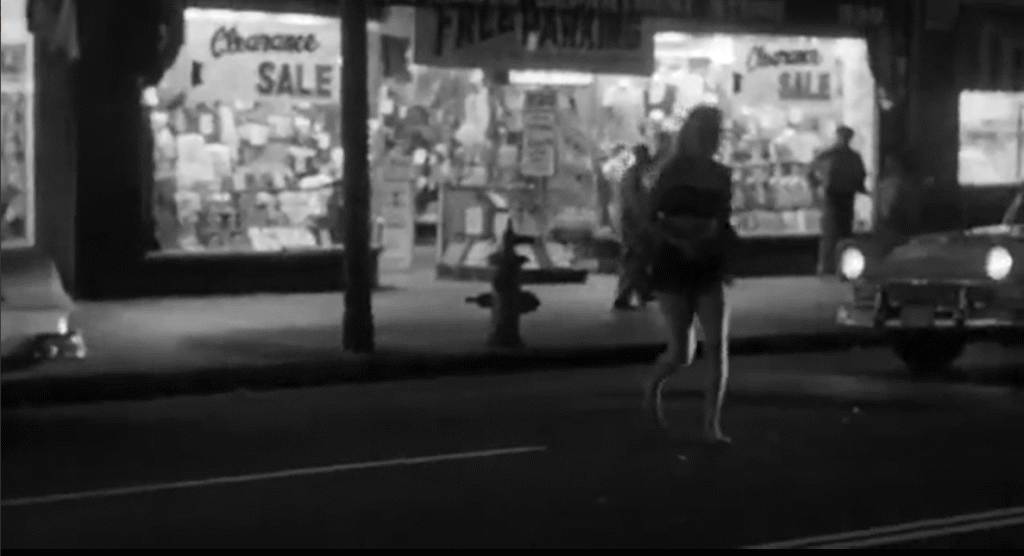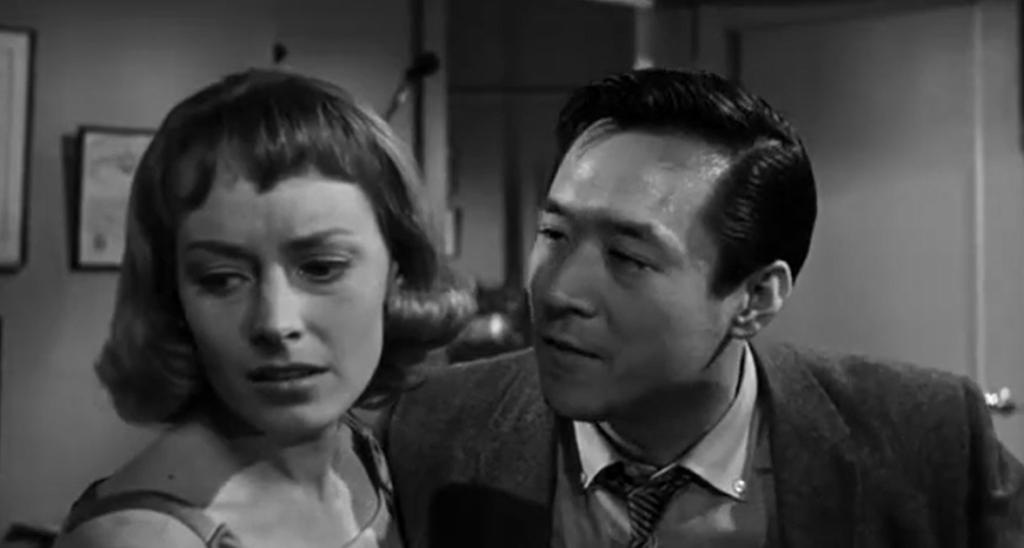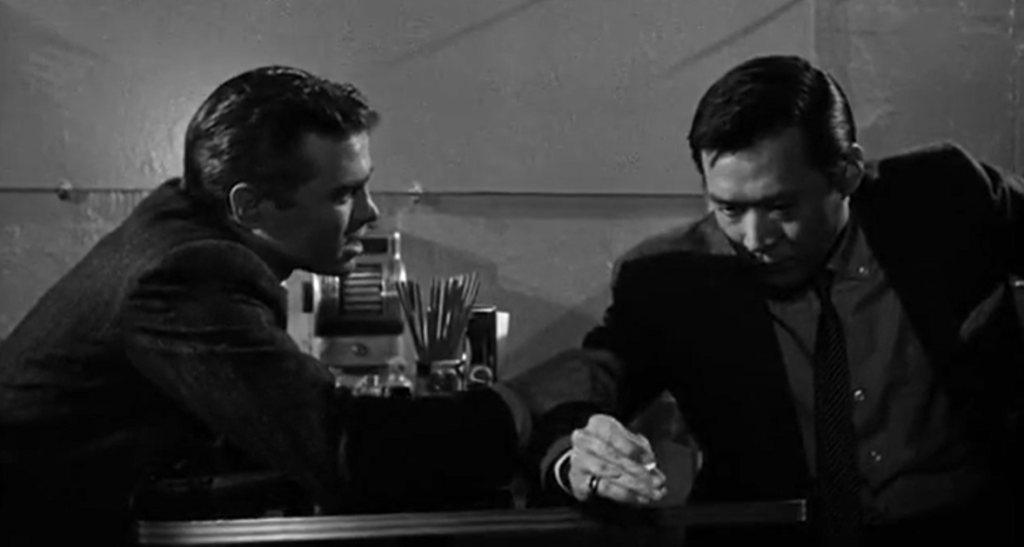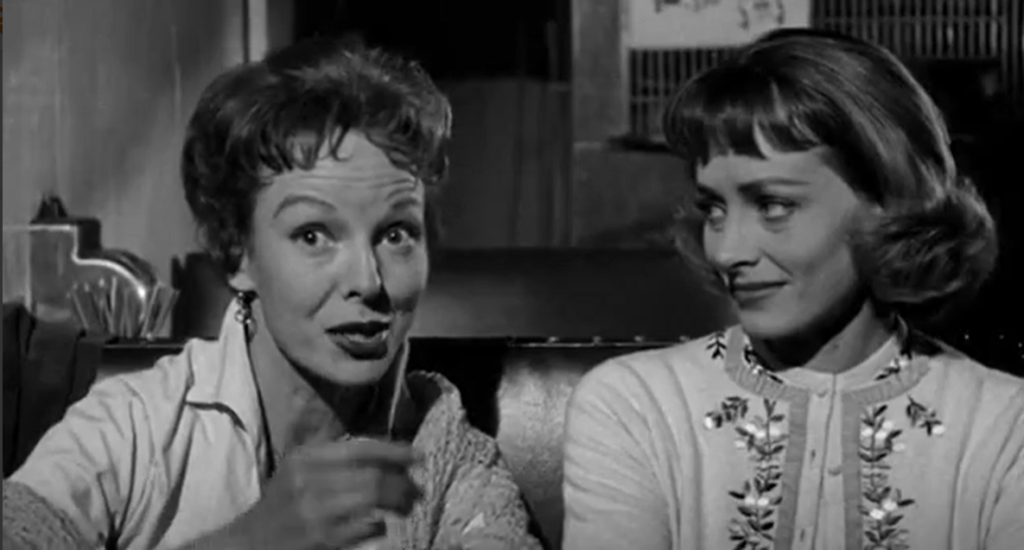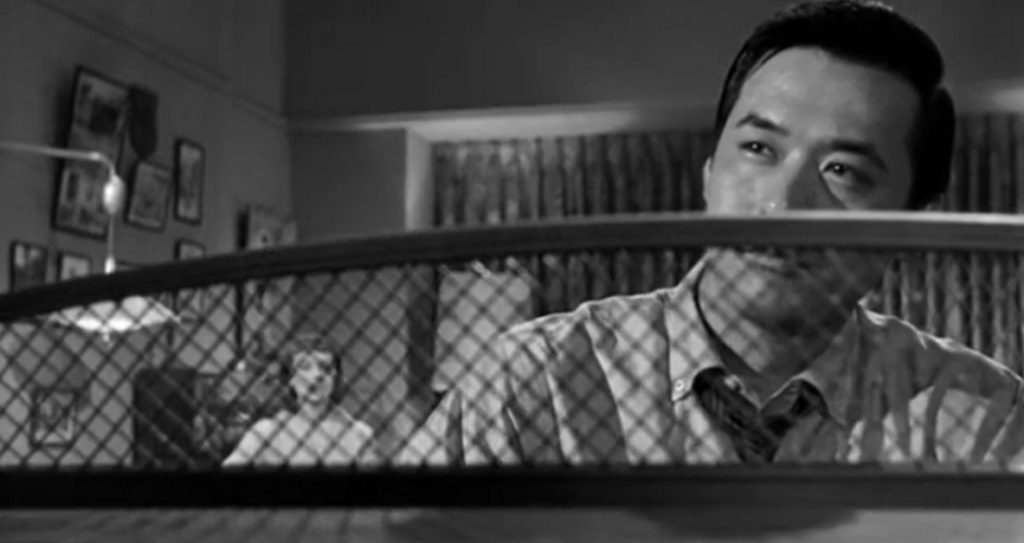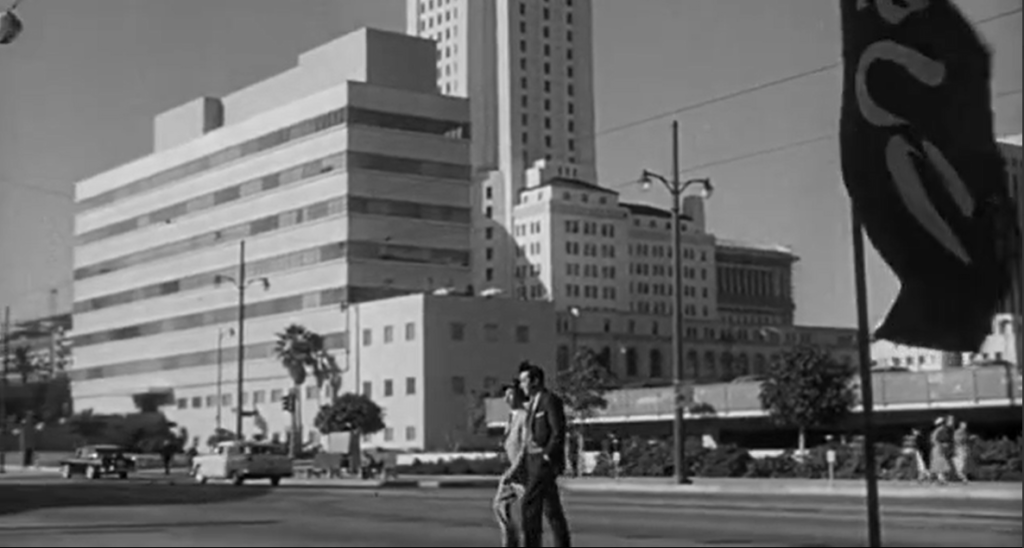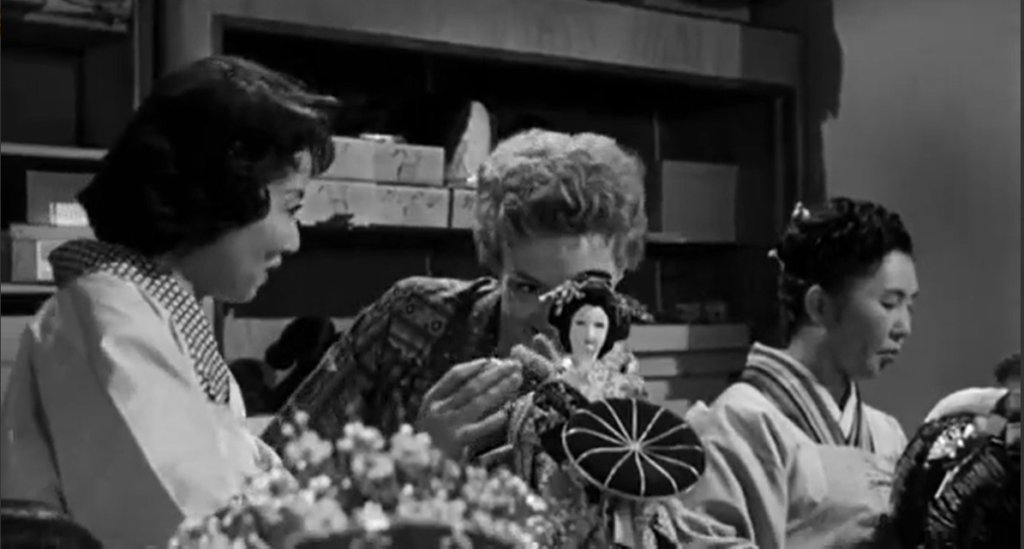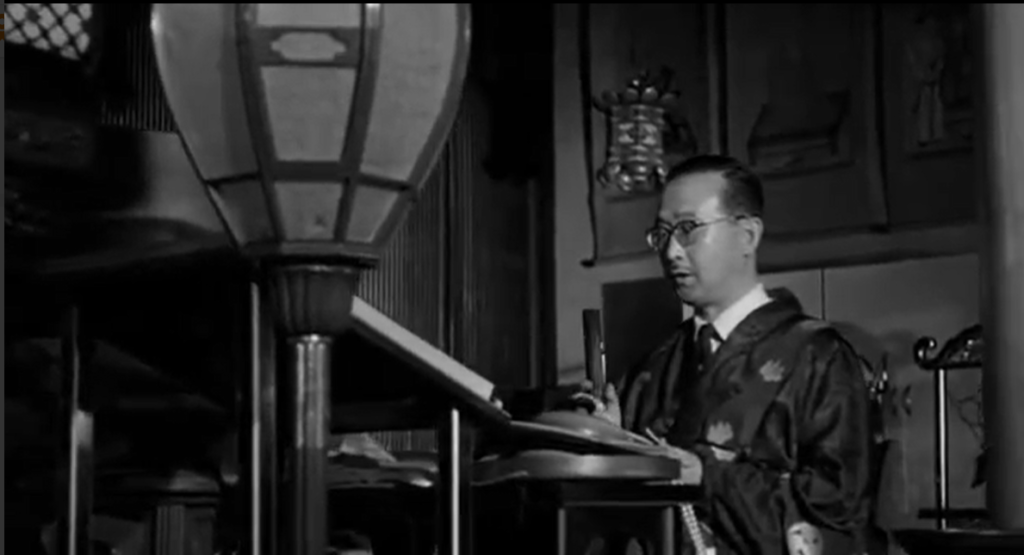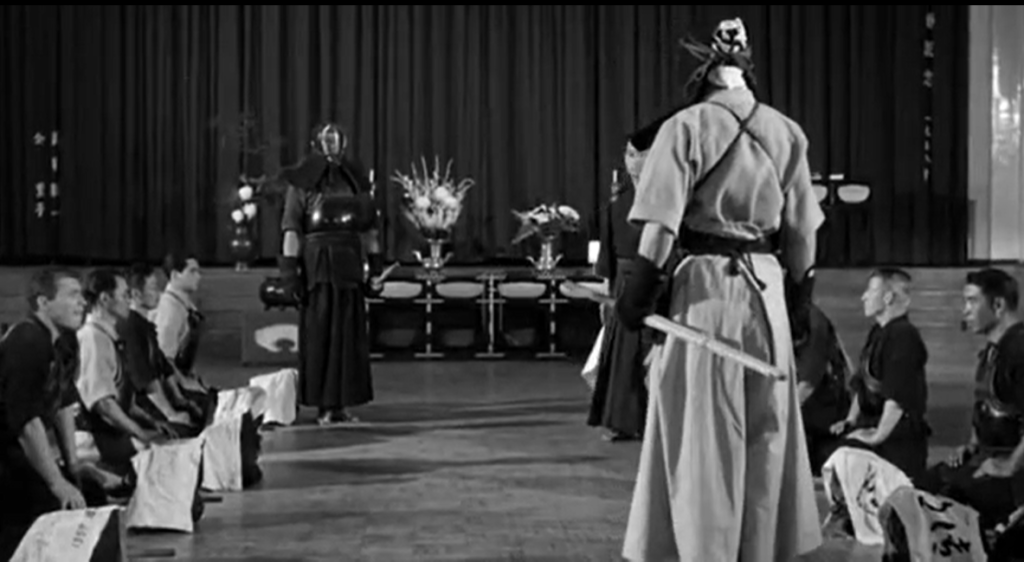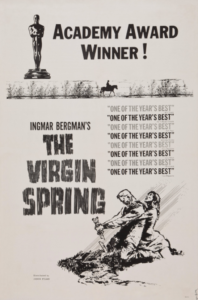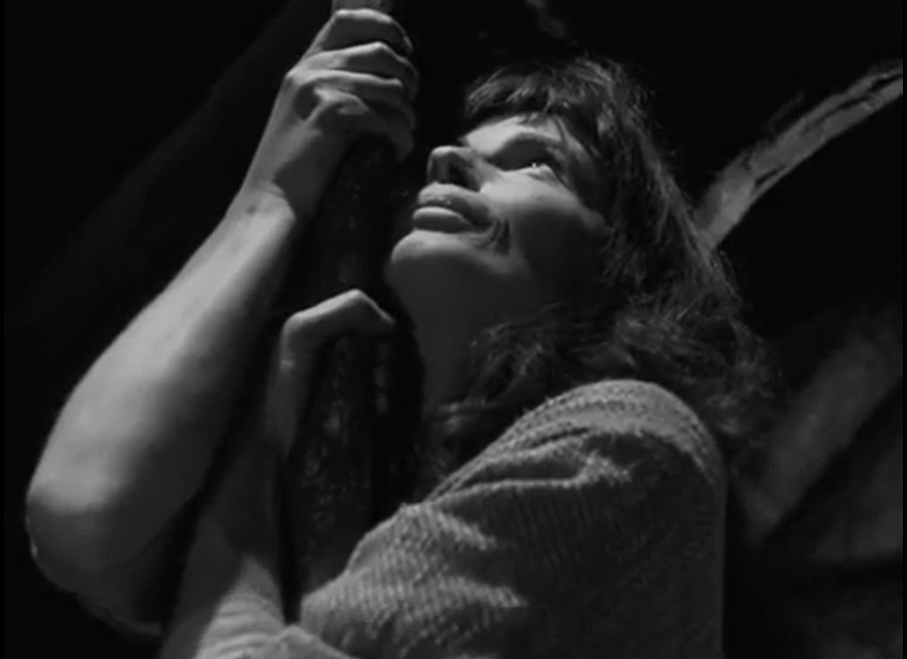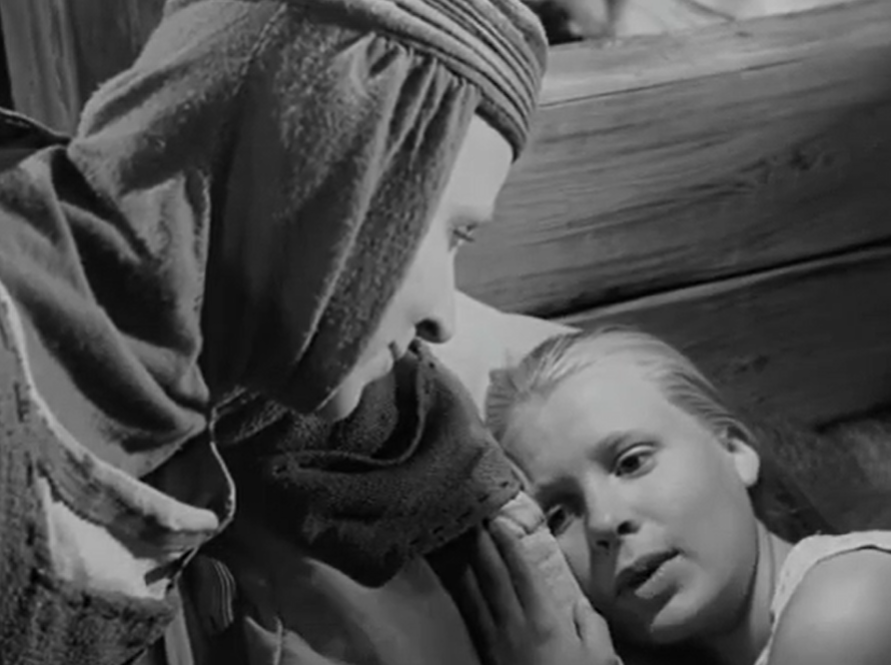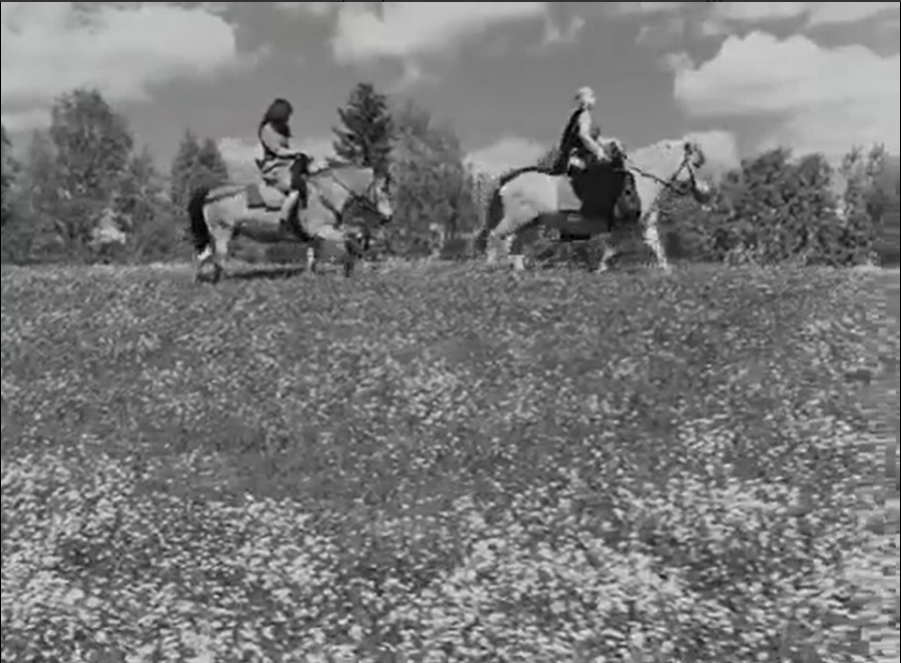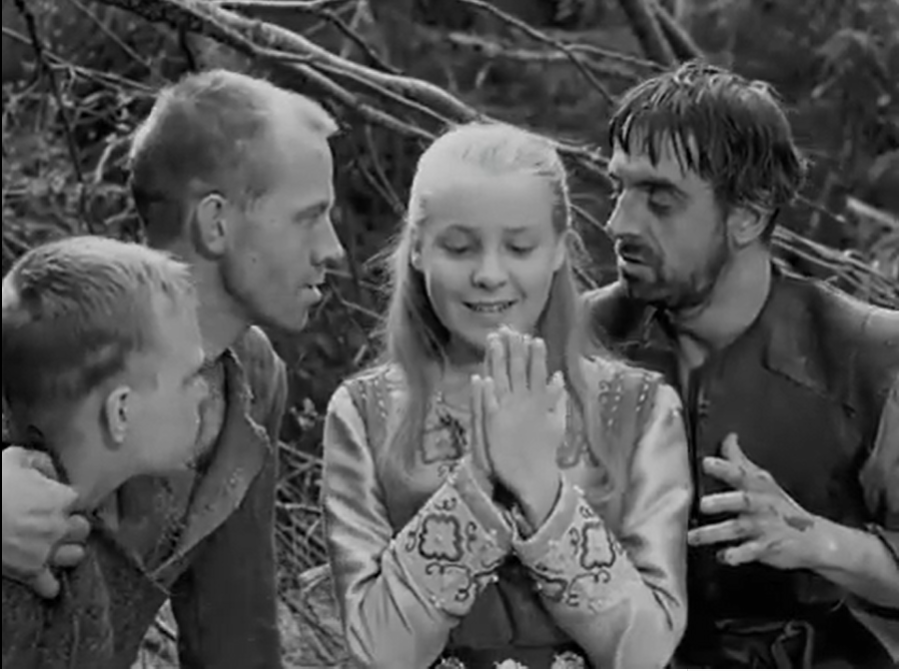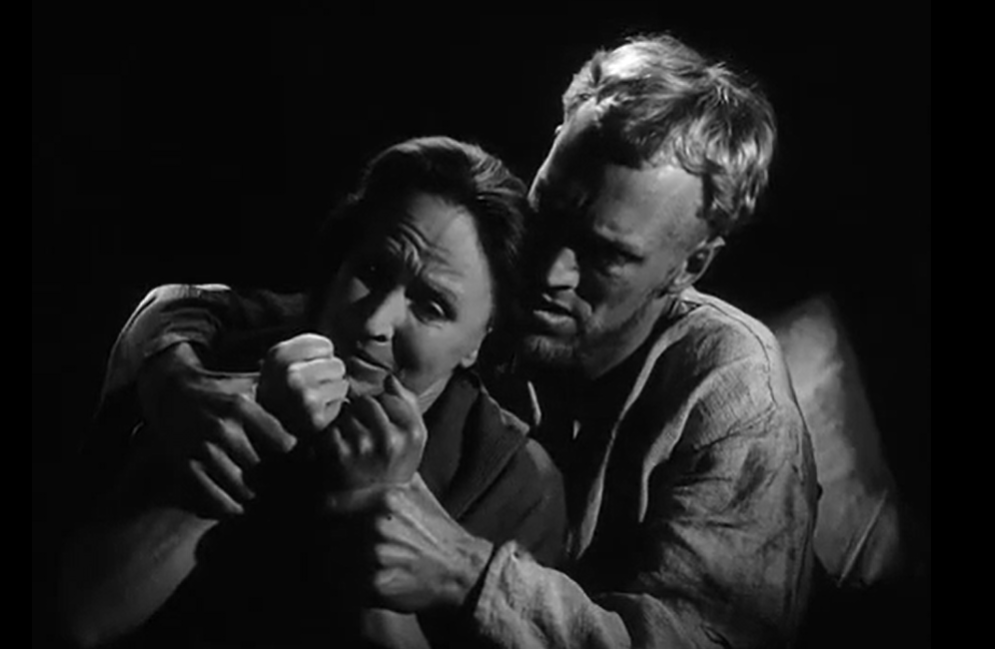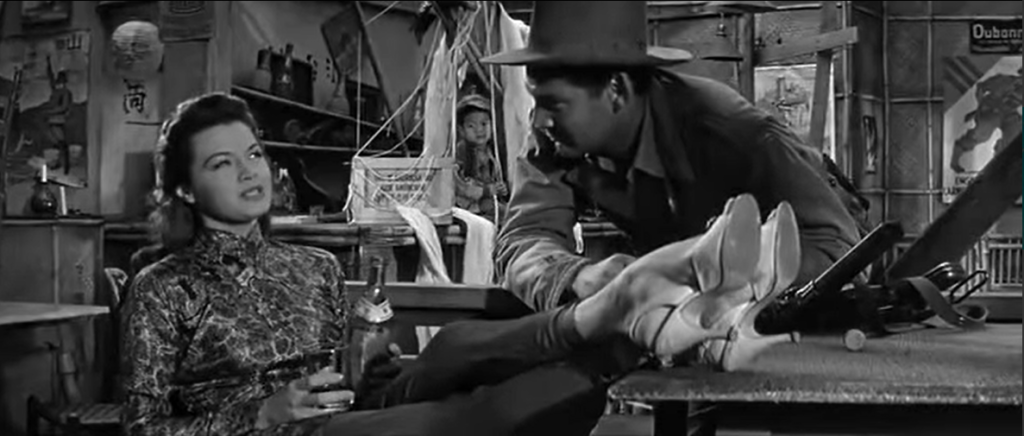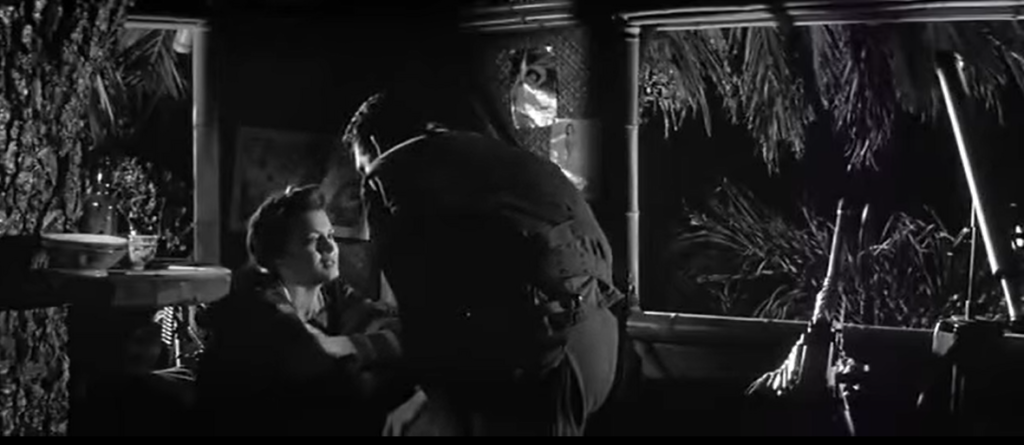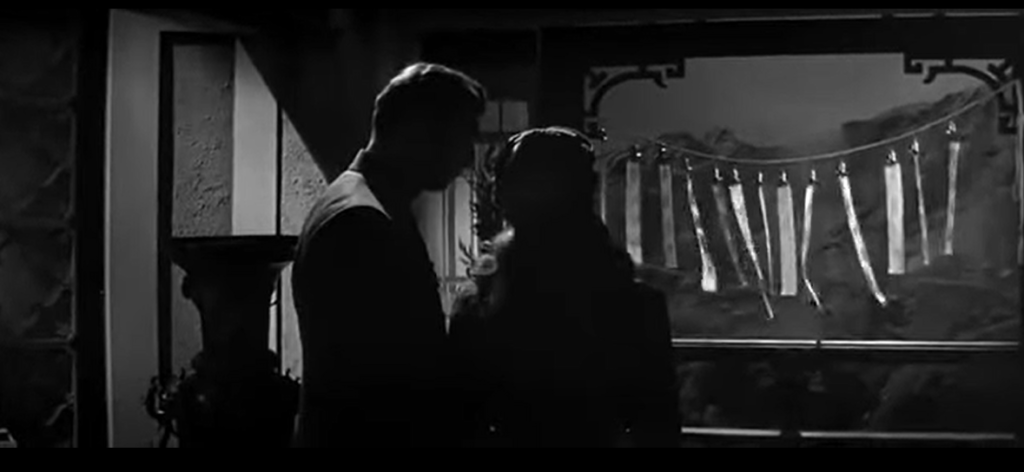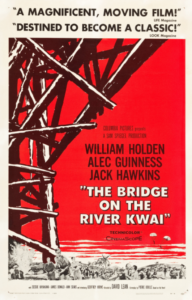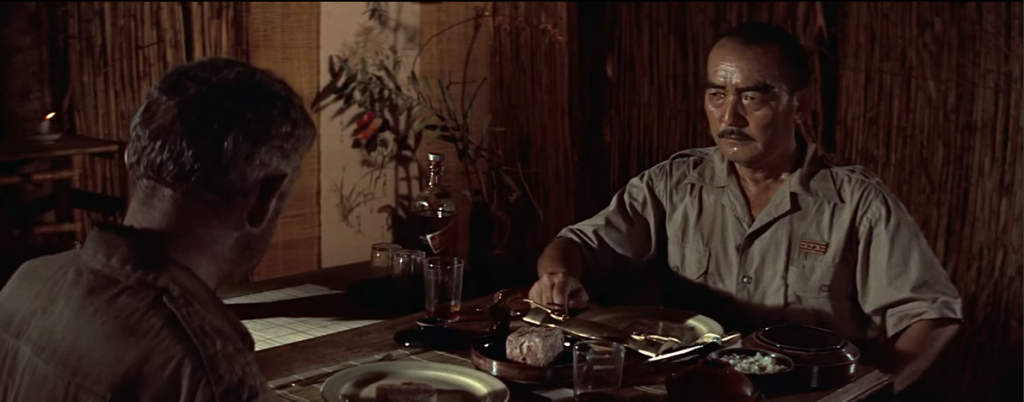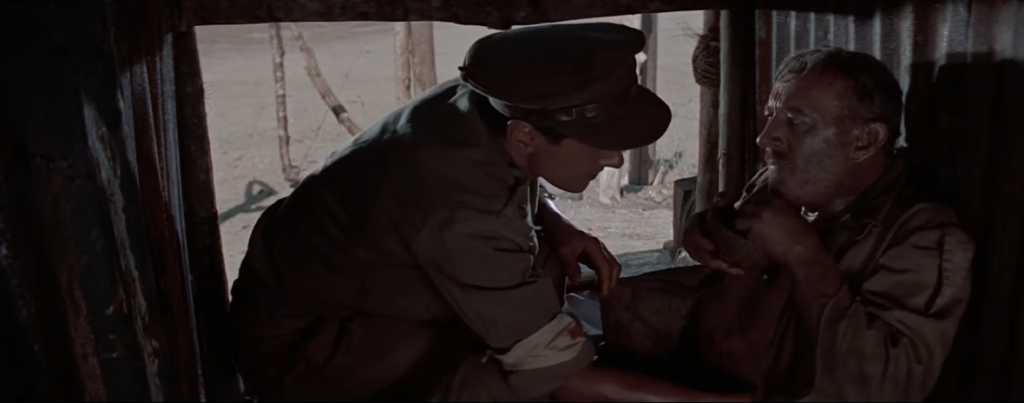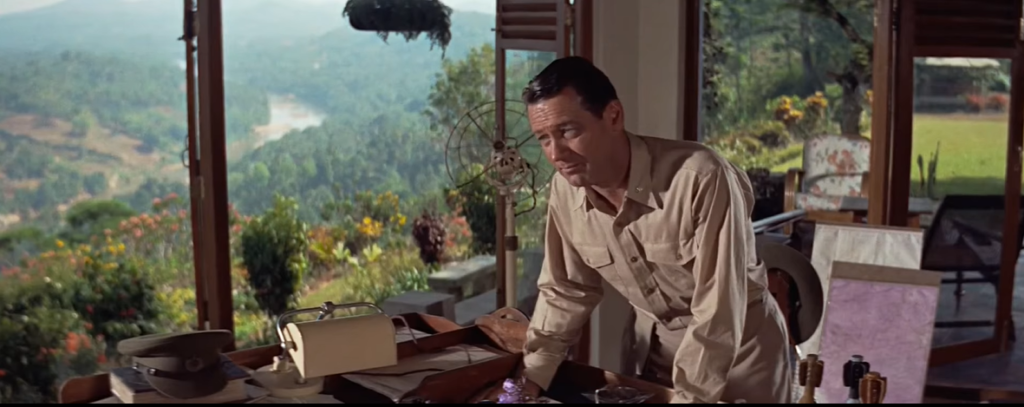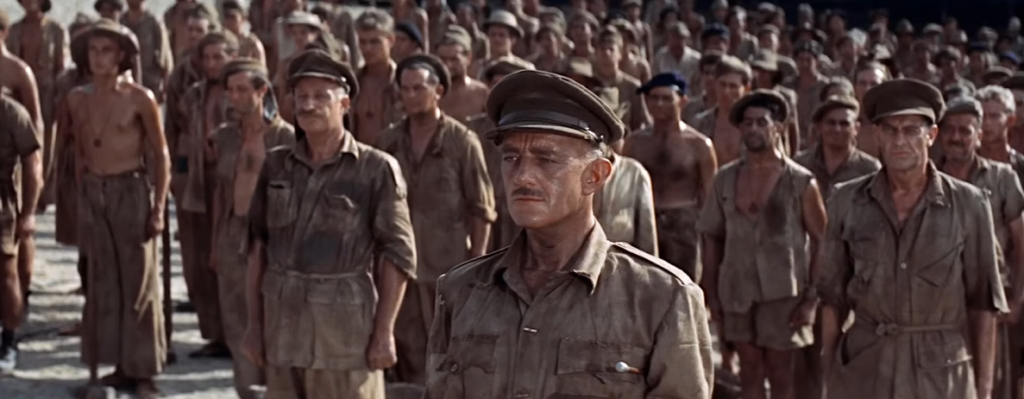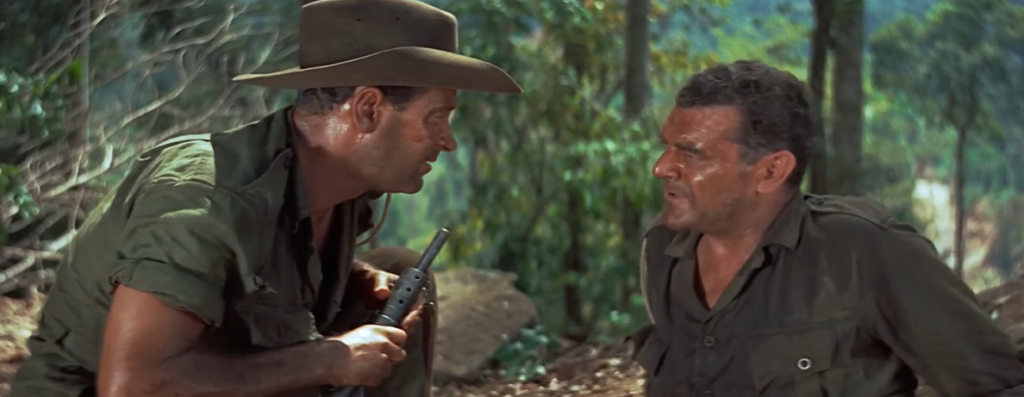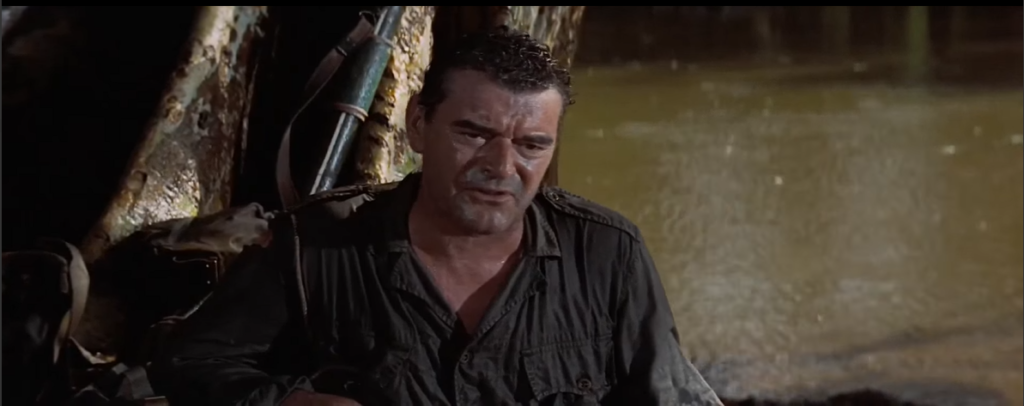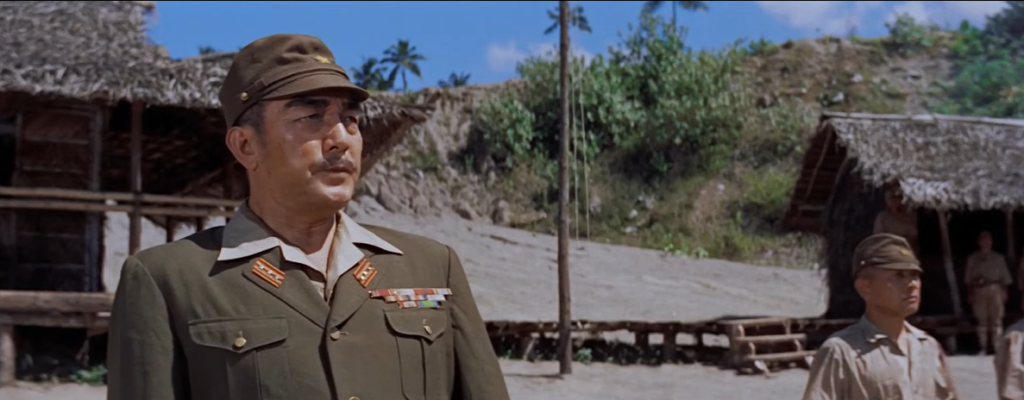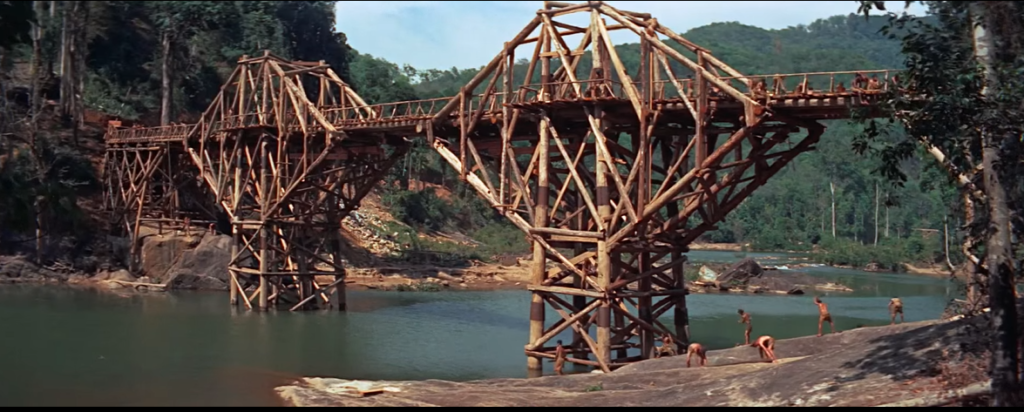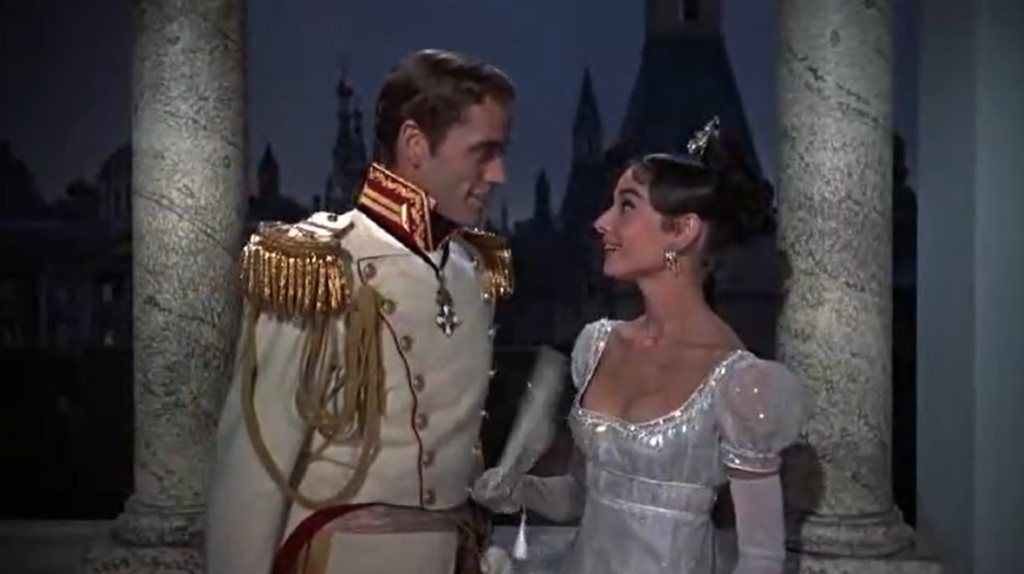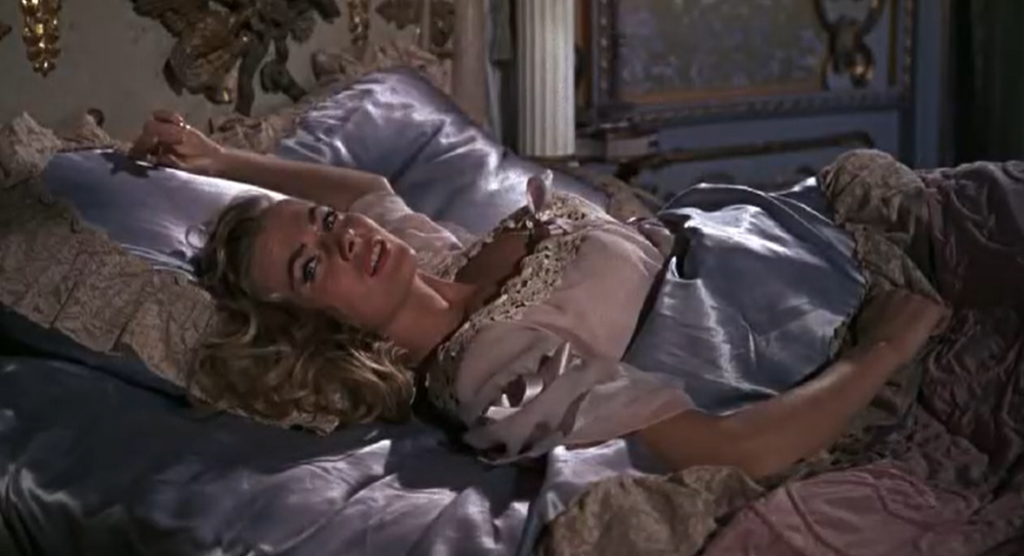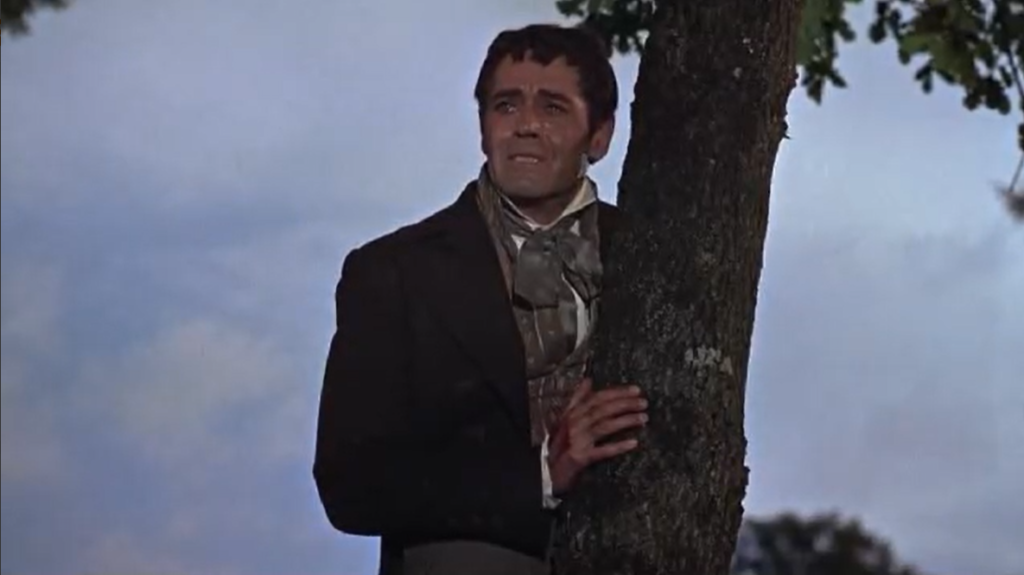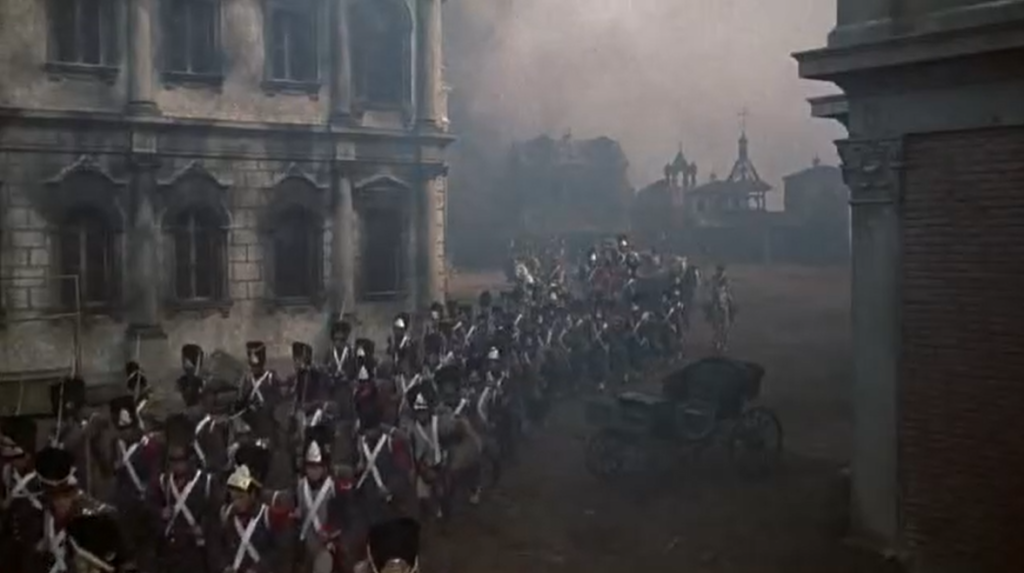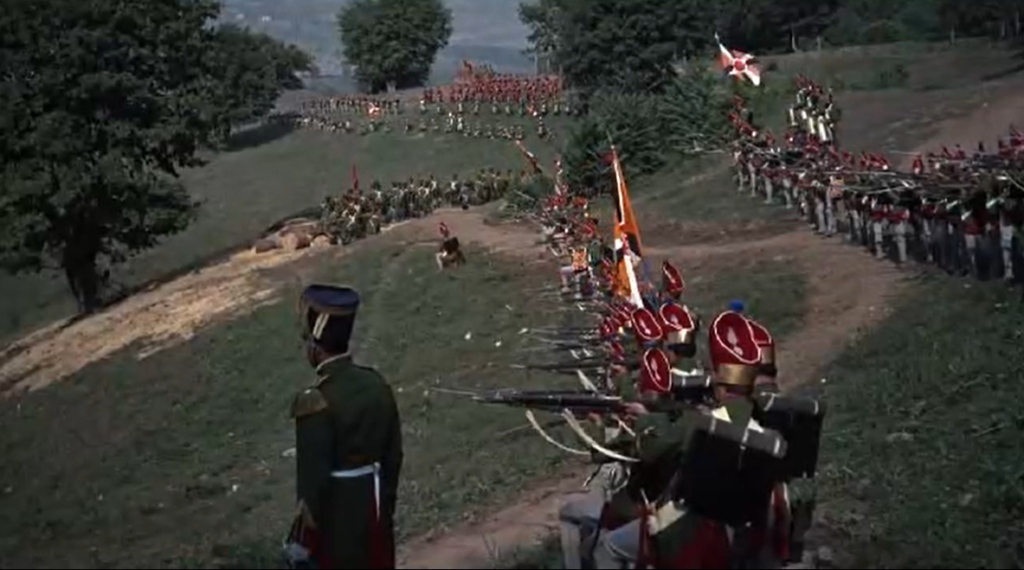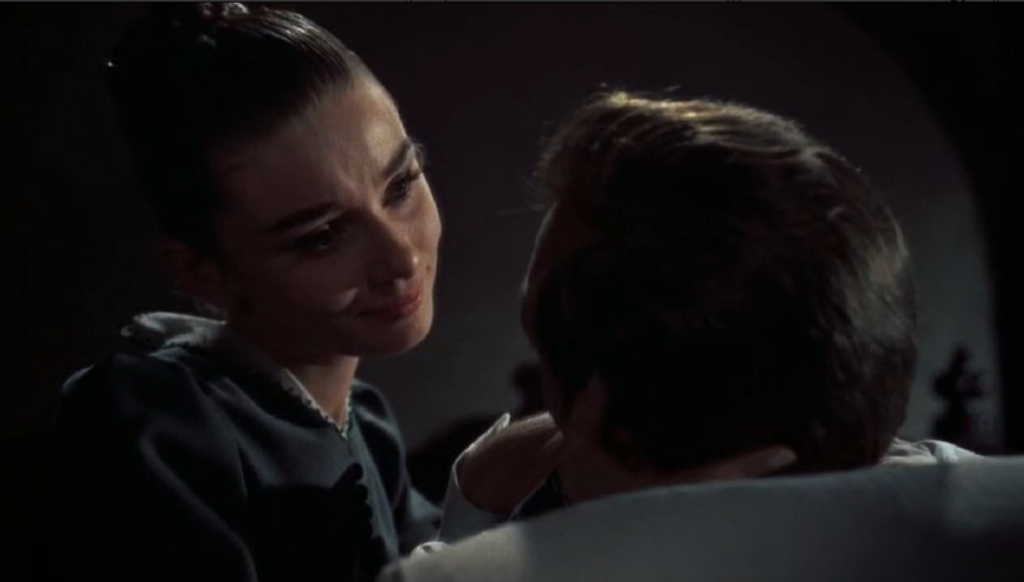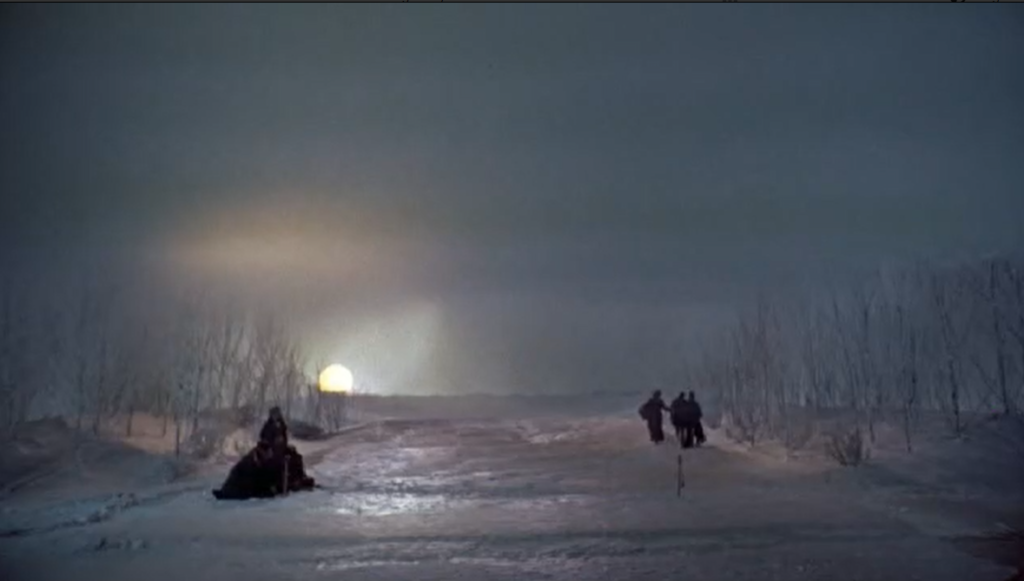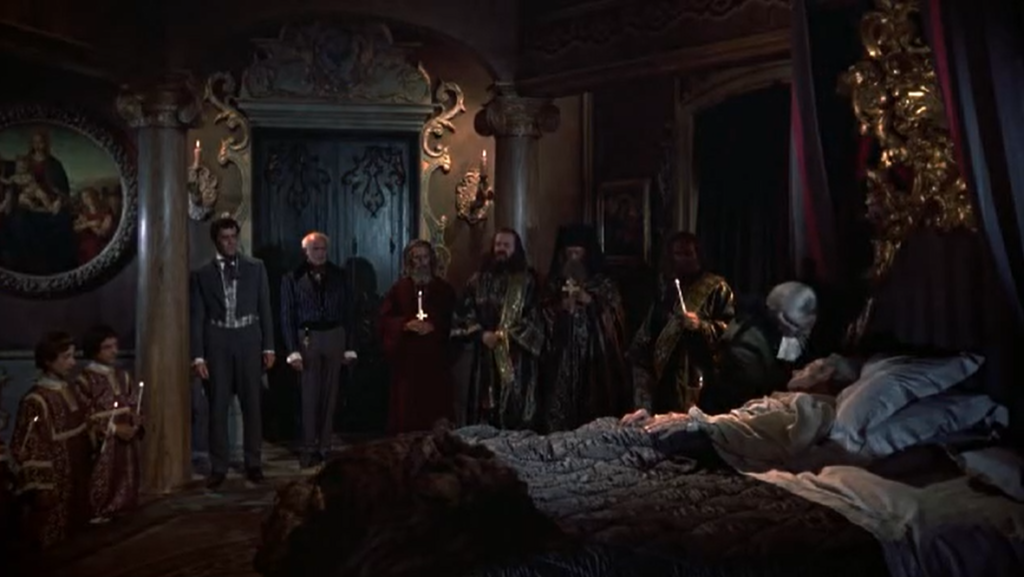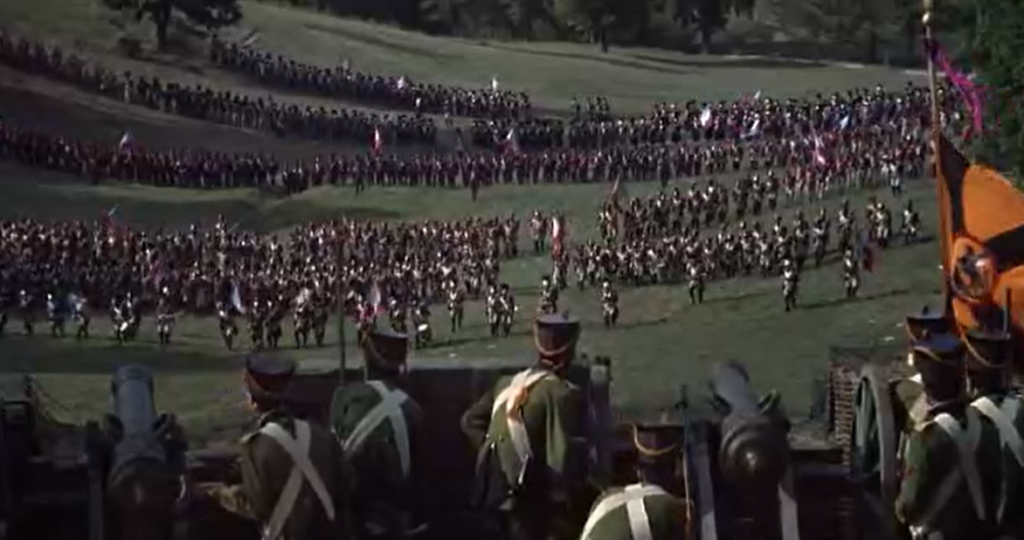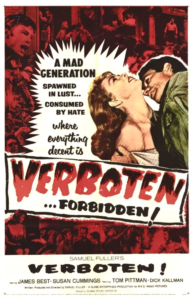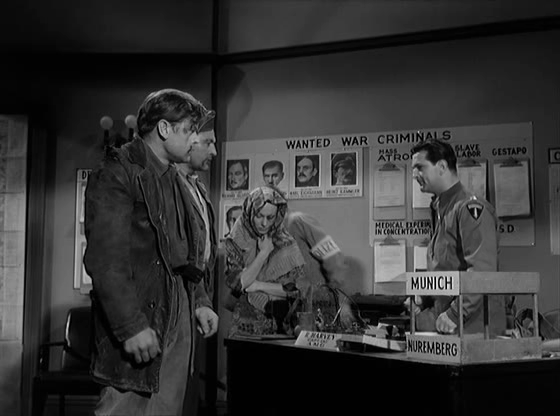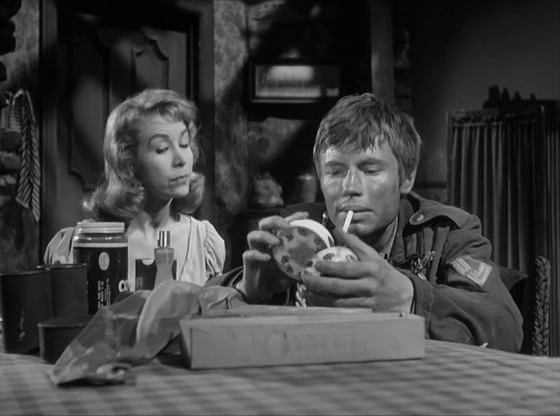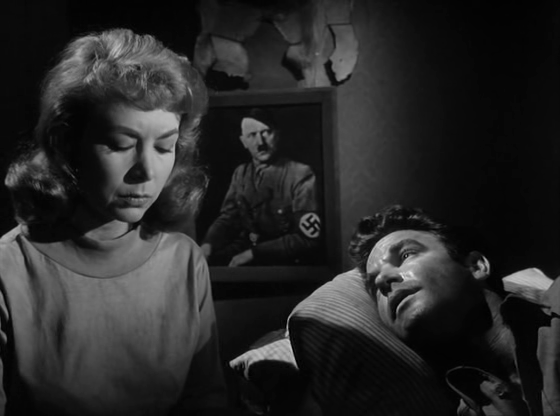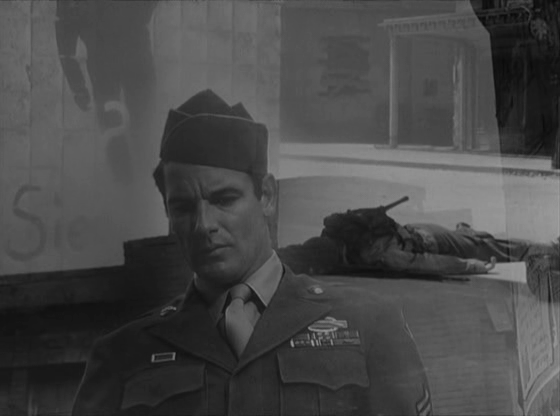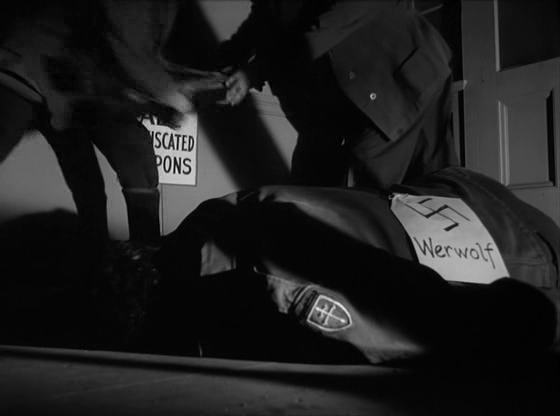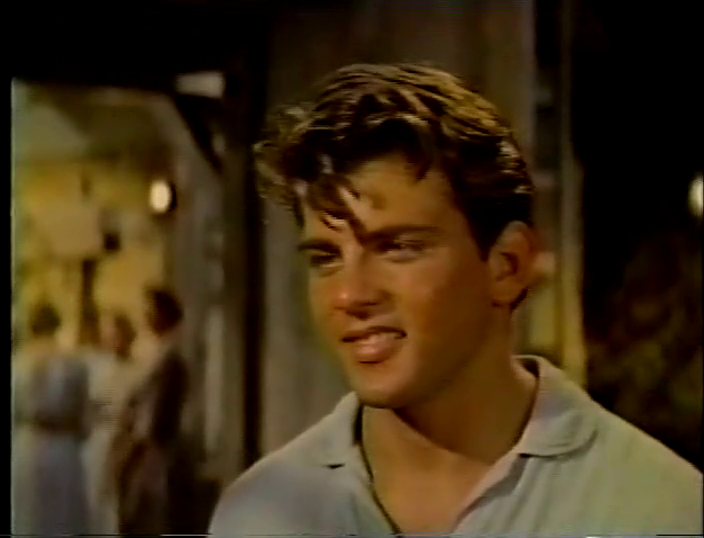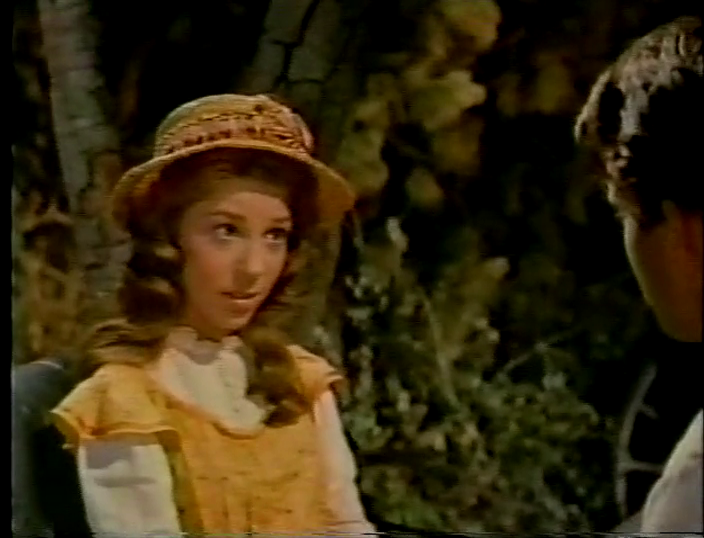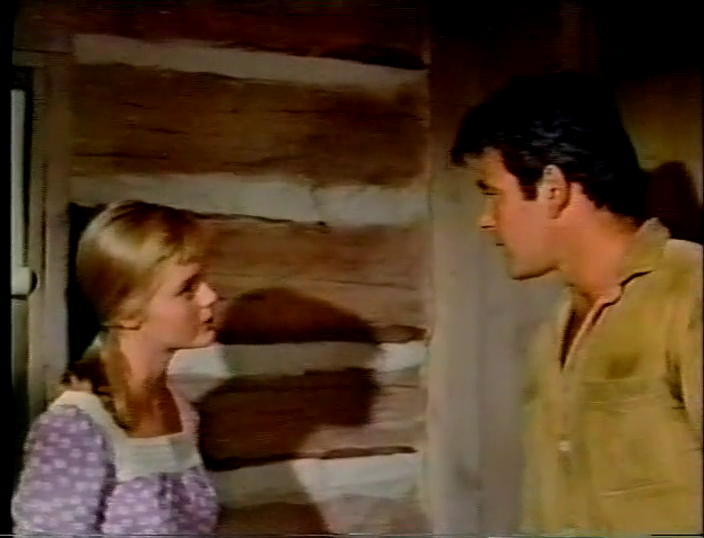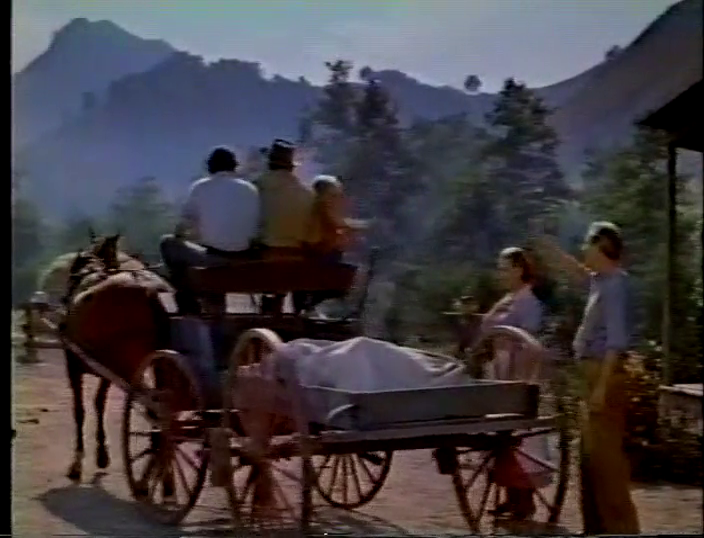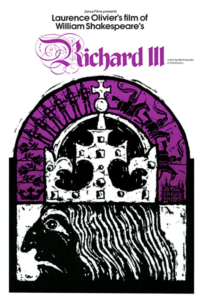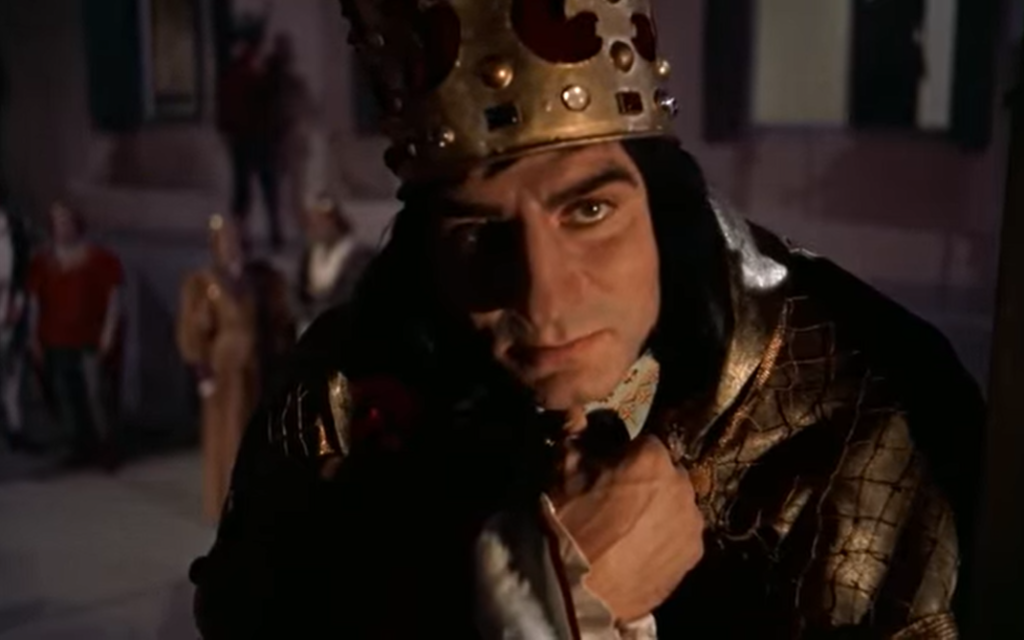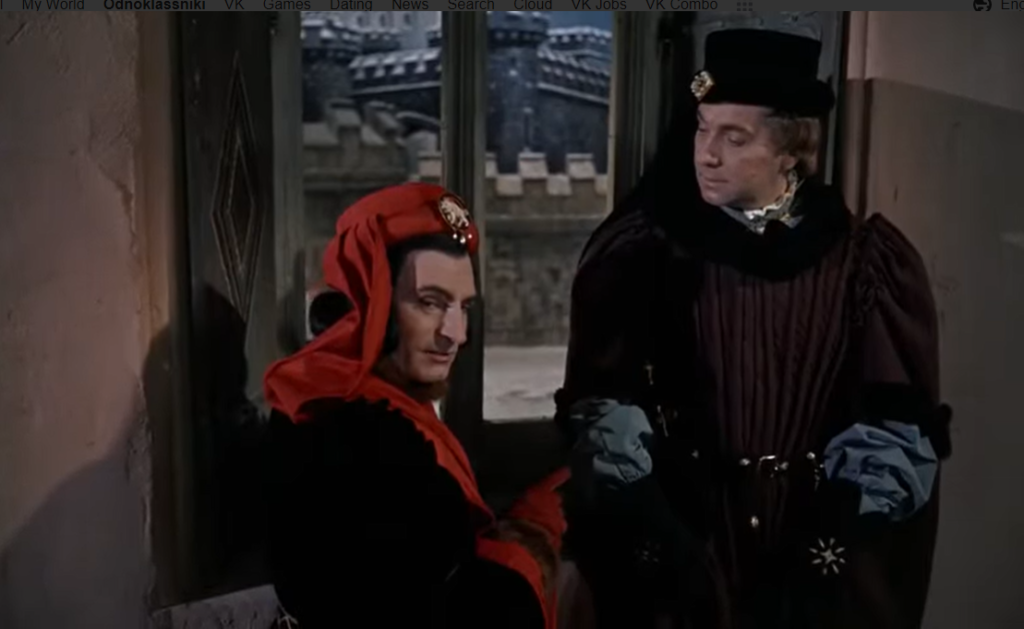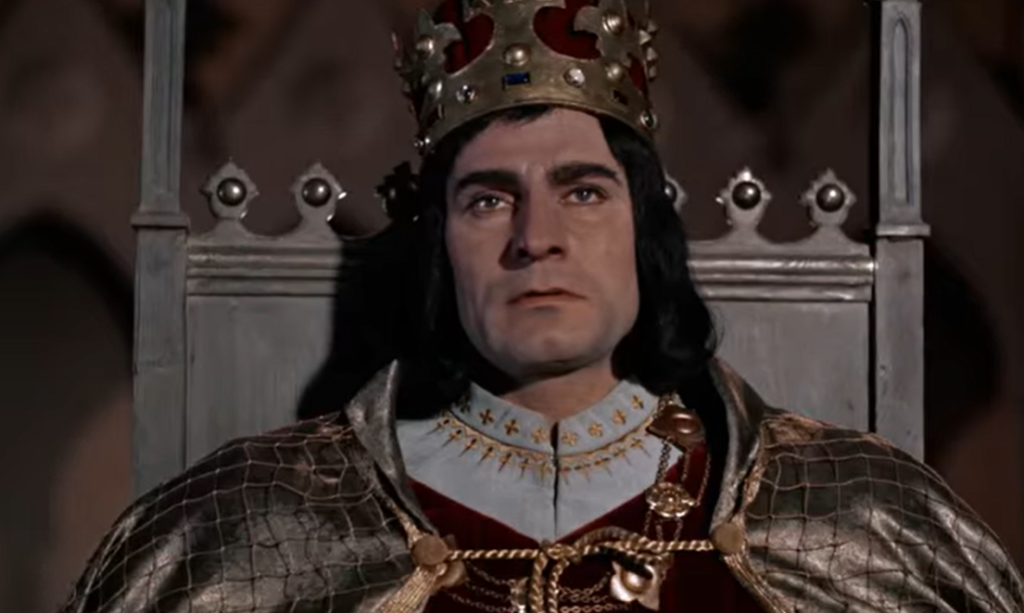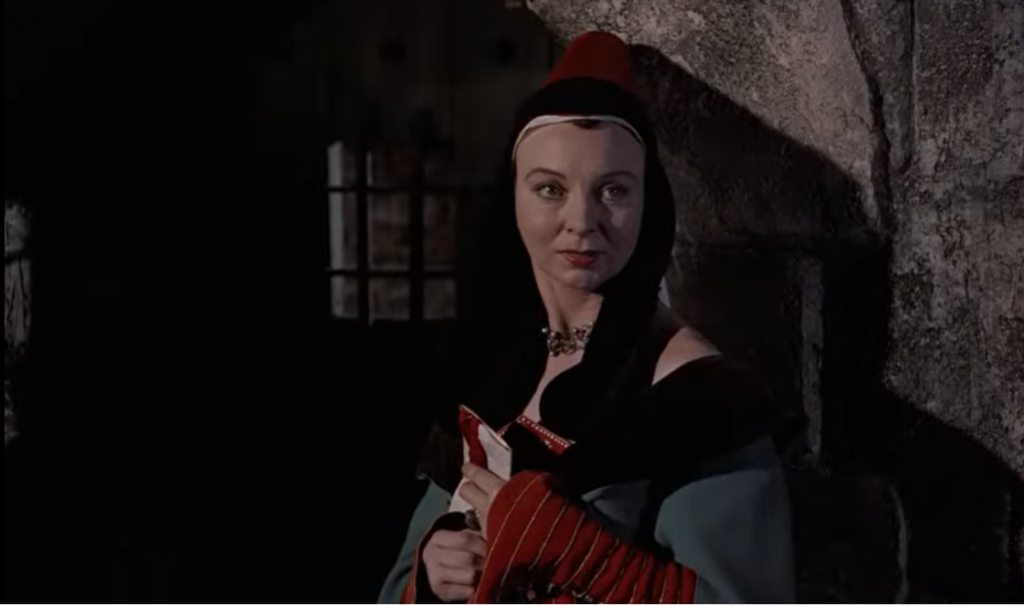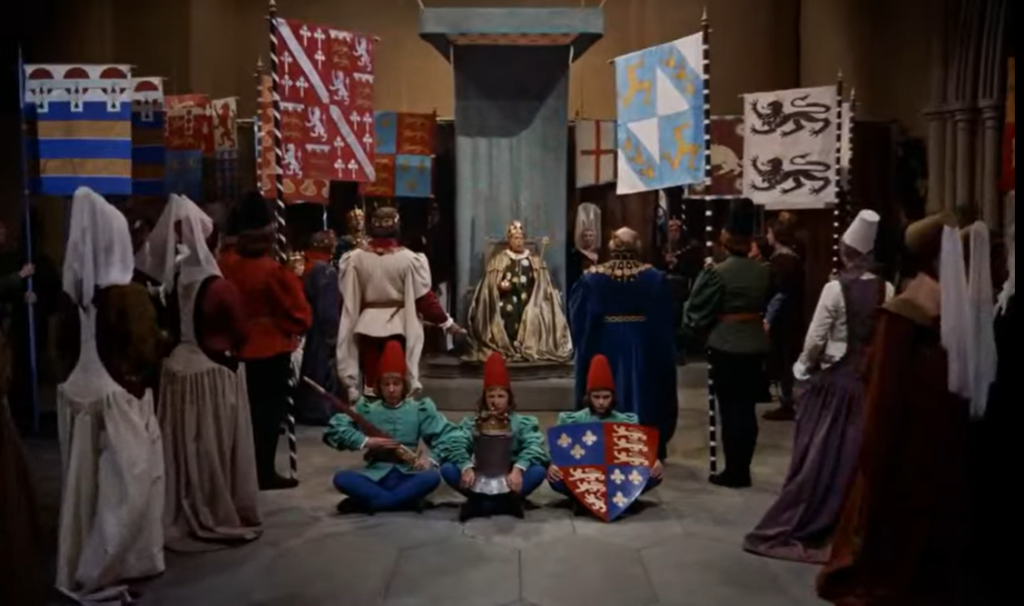Paths of Glory (1957)
“One way to maintain discipline is to shoot a man now and then.”
|
Synopsis: |
|
Genres, Themes, Actors, and Directors:
Response to Peary s Review: Peary argues that “the excellent script by Kubrick, Calder Willingham, and Jim Thompson is unrelentingly bleak but thought-provoking”: while “earlier films presented evil generals,” “none before contended that the entire military system was evil.” He writes that the “film is extremely intense but not heavy-handed; Kubrick’s handling of actors has never been better” — and he points out that “the most frightening thing about the generals is that they’re not much different from the military men in Dr. Strangelove.” Peary names this film the Best Movie of the Year in his Alternate Oscars (instead of The Bridge On the River Kwai), where he writes that “if the film has a weakness, it’s that it is just too easy to agree with the director’s point of view (as it is with the same year’s liberal courtroom drama 12 Angry Men, my favorite nominated film of 1957).” Otherwise, he notes that “everything else rings true and has impact,” with the film featuring “first rate” acting in which “the characters are essentially ‘types’ but they all come across as distinct people.” He also calls out Kubrick’s directorial acumen, including the “impressive tracking shot [in which] Macready moves along through the trenches, giving similar pep talks to individual soldiers before battles” (“Ready to kill more Germans?”) as in The Red Badge of Courage (1951): … and his use of “light in night sequences to build tension.” Indeed, this film has lost little to none of its power, and remains among Kubrick’s best outings. Despite being utterly depressing, it is worthy of repeat viewings both as a reminder of the gritty brutality of war: … and how easily Those in Power can dehumanize the individuals they’re controlling. Absolute power corrupts, absolutely. Notable Performances, Qualities, and Moments:
Must See? Categories
(Listed in 1001 Movies You Must See Before You Die) Links: |
